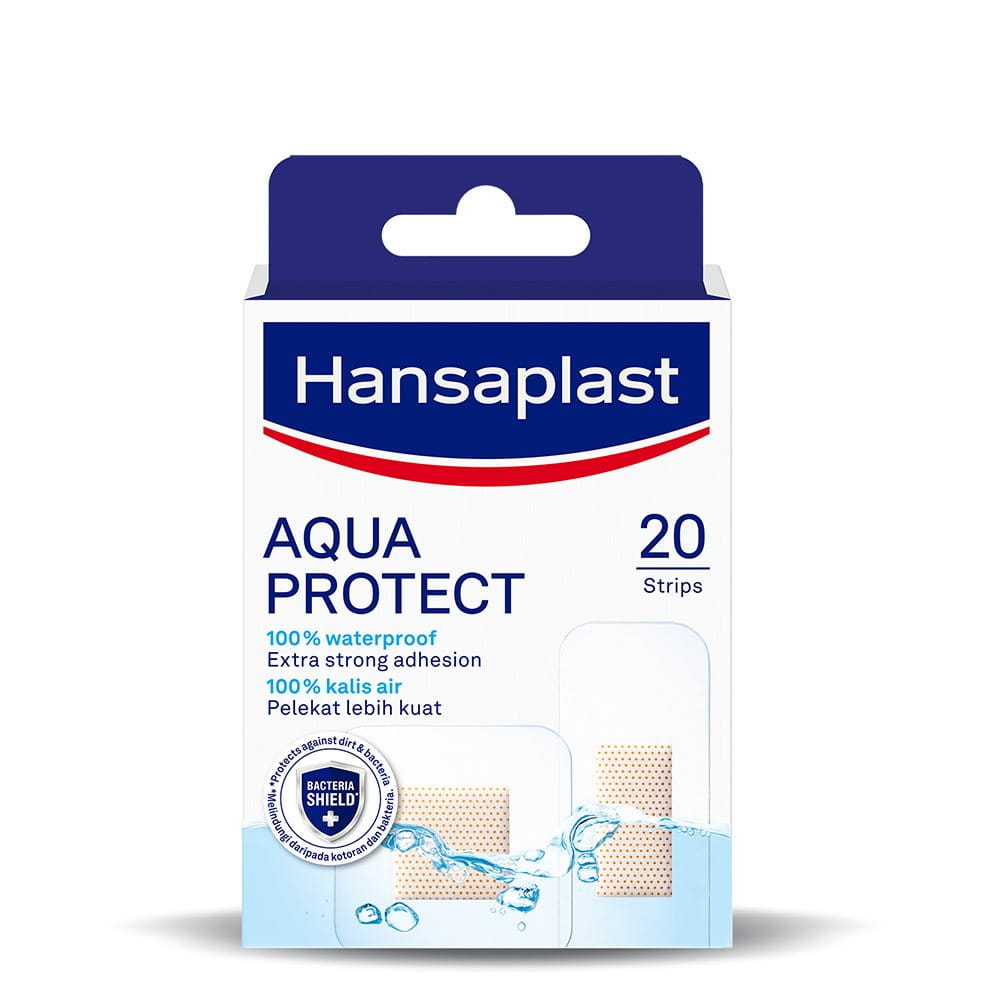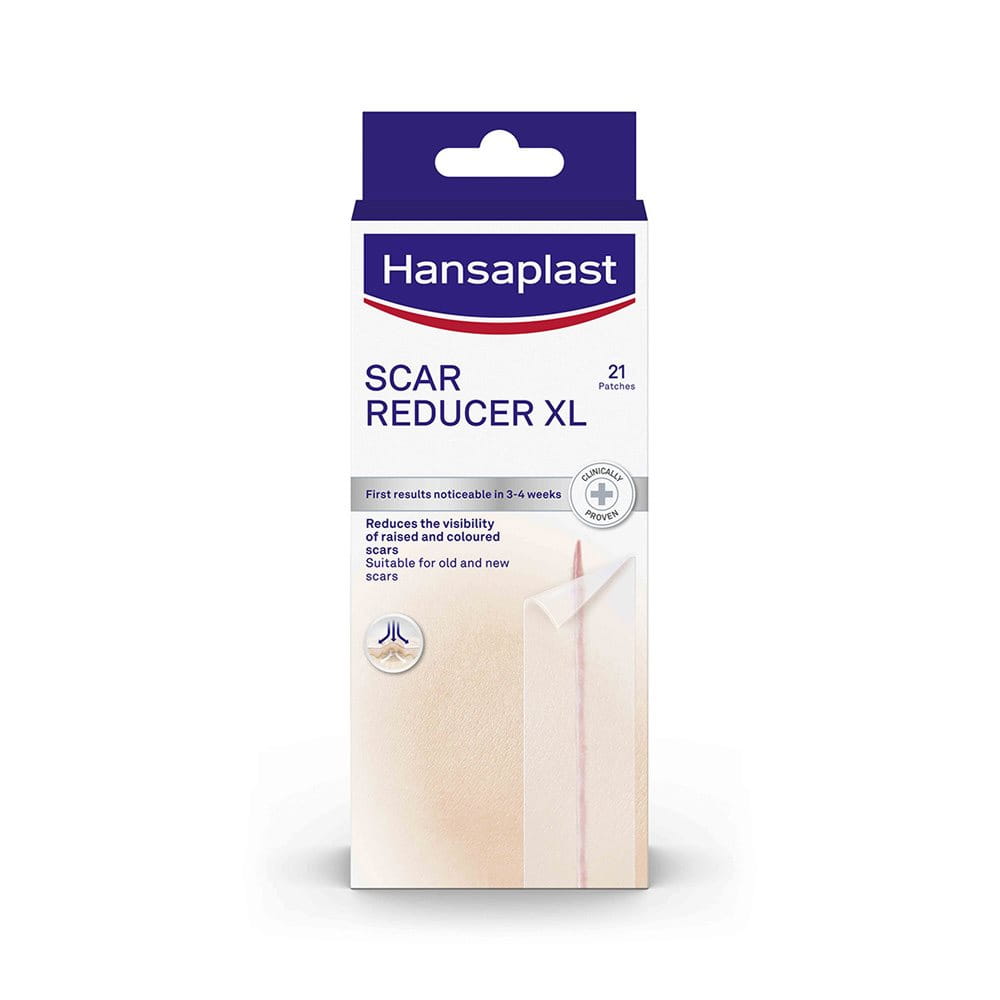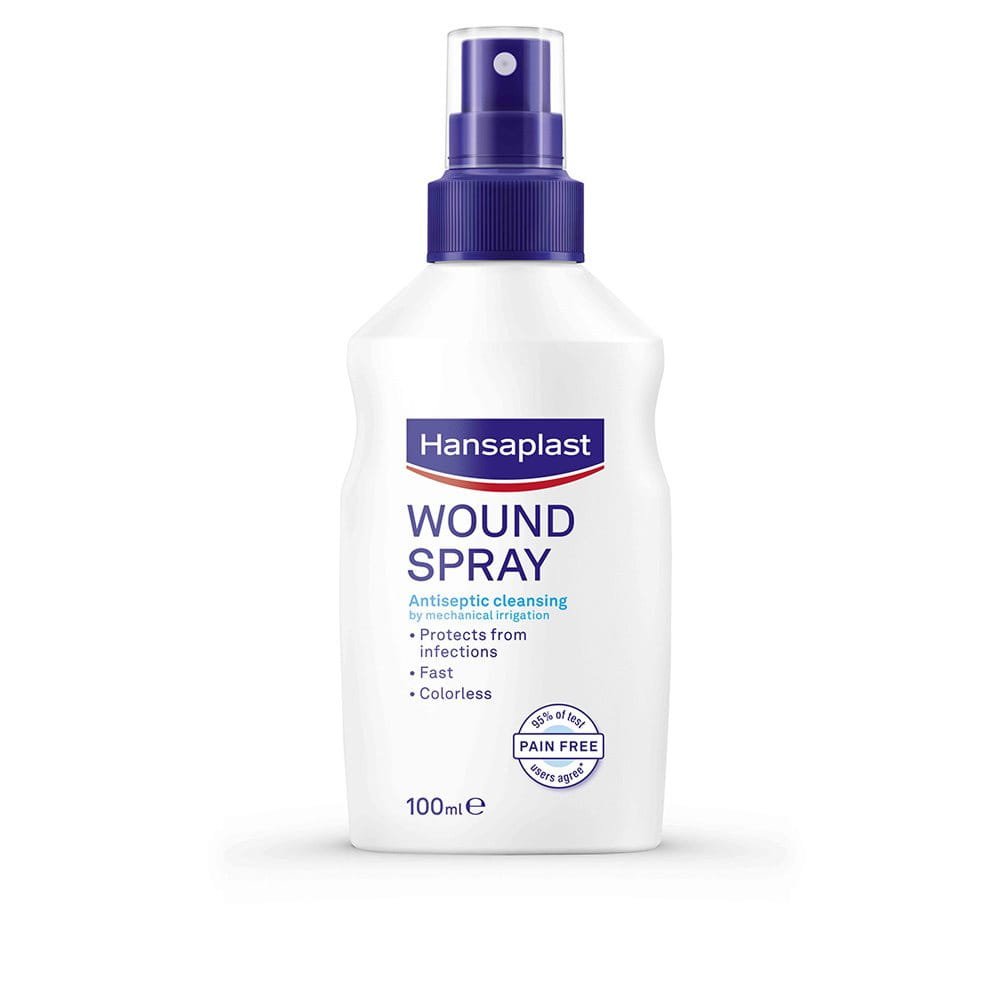What causes hard skin on feet?

Feet are also subjected to the pressures and friction that come from hard surfaces and inappropriate or ill-fitting footwear.
If pressure and friction persist, and dry skin on our feet is left untreated:
- calluses and cracked skin can soon develop
- skin is prone to the development of corns
Cracked heels, calluses and corns are all common foot complaints and can be both unsightly and uncomfortable. As we get older, our skin becomes drier making us more prone to foot complaints. Toe deformities such as bunions and hammer toes also alter the shape of our feet, increasing the chances of friction and, thereby, corns and callouses.
What are the main hard skin problems for feet?
1. Dry skin
2. Calloused skin
3. Cracked skin
4. Corns
Dry skin on feet
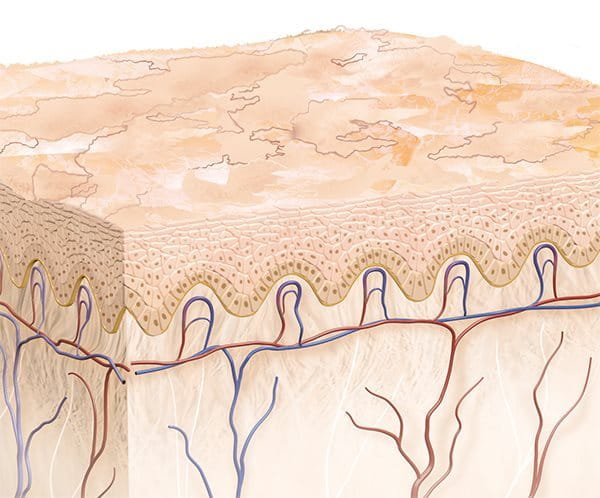
Calloused skin on feet

1 Source: Foot Monitor 01/2008, GER/F, n=1,000
Cracked skin on feet

Corns
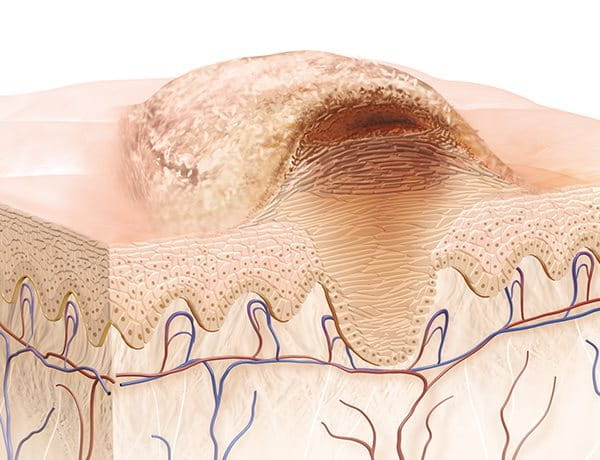
How can I prevent or remove hard skin on my feet?
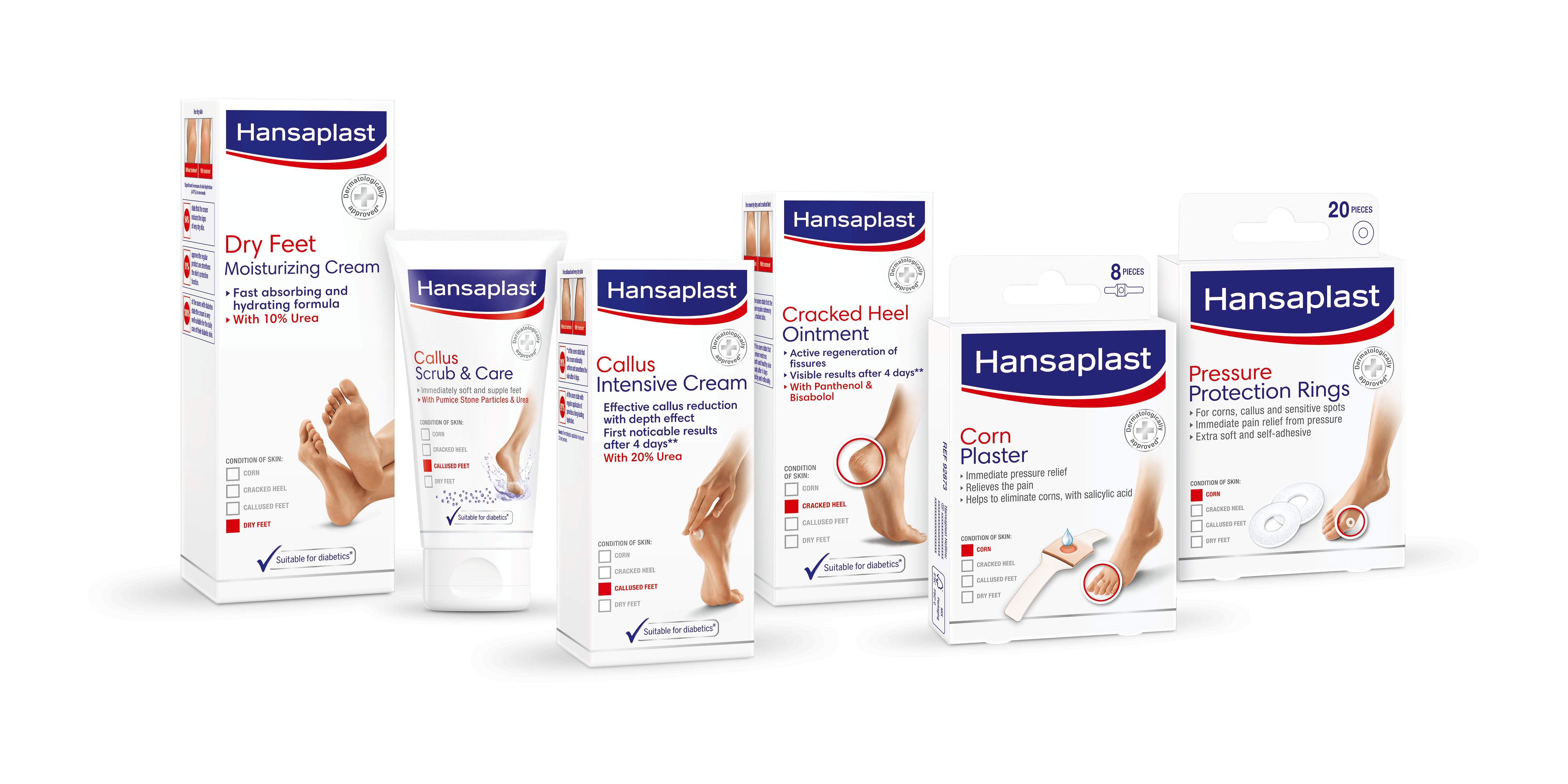
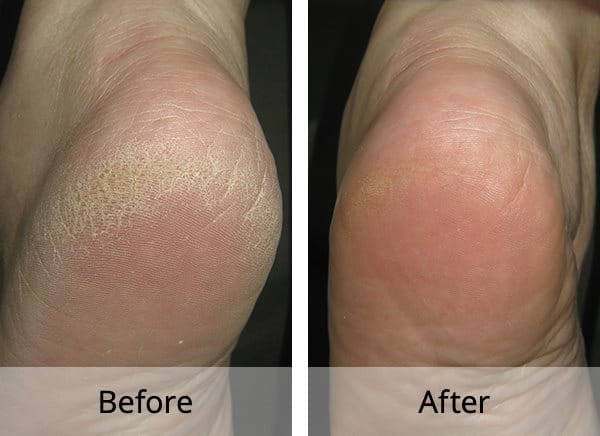
Source: Beiersdorf dermatological study with 33 subjects (including 19 Diabetics) using the product twice a day for two weeks, 2013.
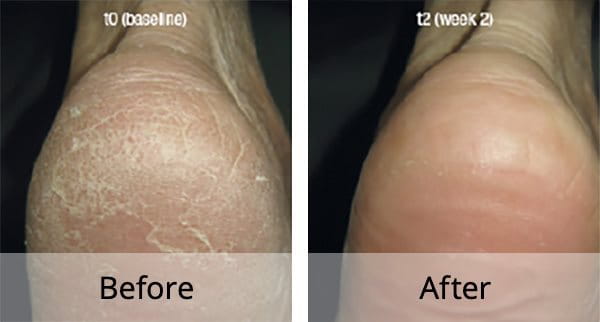
Hansaplast Callus Intensive Cream. Once calluses are removed, don’t forget to apply Hansaplast Dry Feet Moisturizing Cream daily to maintain soft and smooth skin.
Source: Beiersdorf dermatological study with 33 subjects using the product twice a day for two weeks, 2011
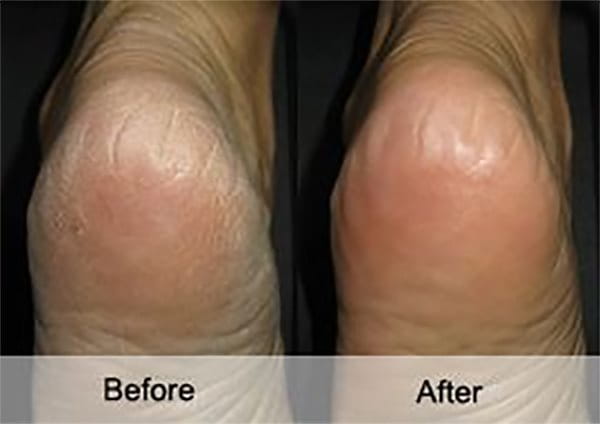
2 Source: Beiersdorf dermatological study with 33 subjects using the product twice a day for two weeks, 2013. 88% of userrs said the cream restores smooth and healthy skin after four days – visibly and noticeably. 94% agreed that it healed cracked skin after two weeks.
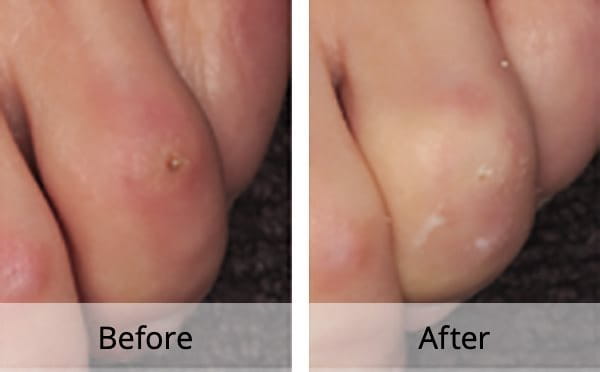
Source: Kuhlmann M. et. al., Local tolerability and efficacy of a corn plaster with salicylic acid. FIP World Congress of Podiatry, Montreal 2016; 50 test persons.
Where can I find out more about feet?

- Dry and calloused skin
- Callous-free feet
- Cracked skin
- Corns
